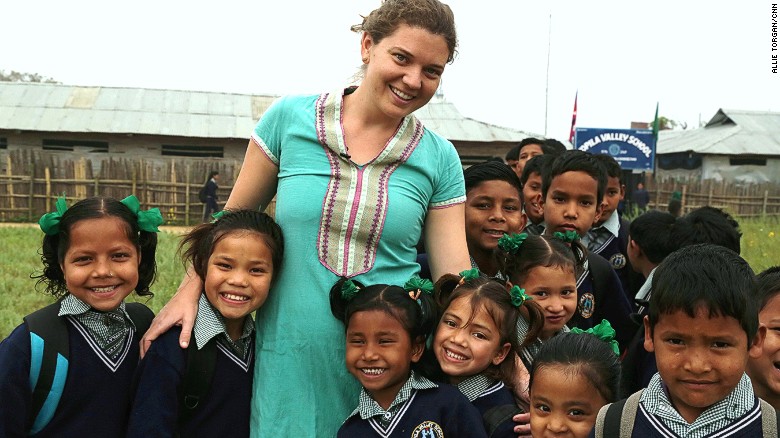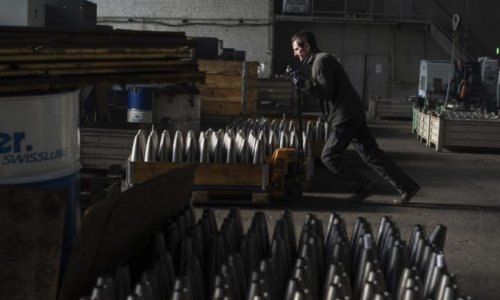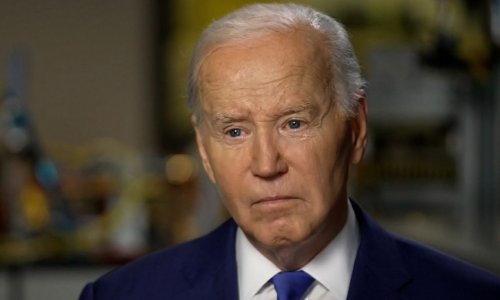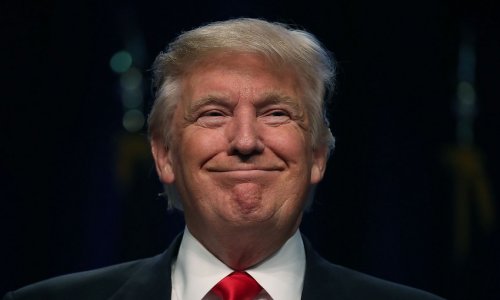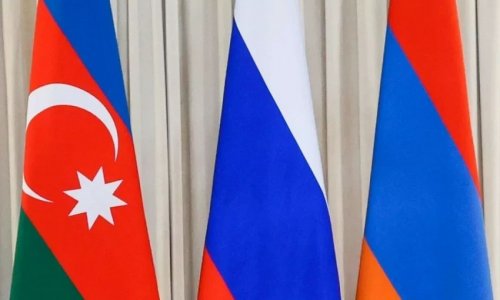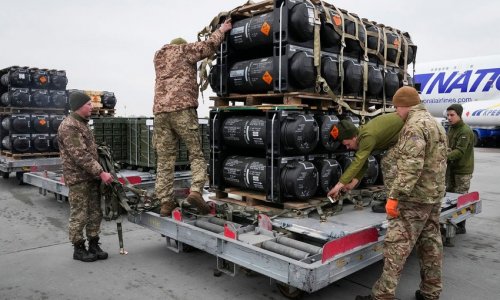Ten years ago, with her high school diploma and a backpack, Maggie Doyne left her New Jersey hometown to travel the world before college.
She lived in a Buddhist monastery, helped rebuild a sea wall in Fiji, then went to India and worked with Nepalese refugees. There, she met a young girl who wanted to find her family in Nepal. Doyne went with her.
That's when Doyne's life took an unexpected turn.
A decade-long civil war had just ended in the country, and Doyne witnessed its effects firsthand. She met women and children who were suffering, struggling to survive.
"It changed me," said Doyne, now 28. "There were children with mallets that would go into the riverbed, pick up a big stone and break it into little, little pieces (to sell). And they were doing that all day, every day."
Doyne called her parents and asked them to wire her the $5,000 she had earned babysitting.
In 2006, she purchased land in Surkhet, a district in western Nepal. She worked for two years with the local community to build the Kopila Valley Children's Home.
Today, Kopila -- which means "flower bud" in Nepali -- is home to about 50 children, from infants to teenagers.
Doyne started the BlinkNow Foundation to support and grow her efforts. In 2010, the group opened its Kopila Valley School, which today educates more than 350 students.
Doyne lives in Nepal year-round, traveling to the U.S. a few times a year.
The CNN Heroes team traveled to Surkhet and talked to Doyne about her work and the community she supports. Below is an edited version of their conversation.
CNN: How does it work, raising nearly 50 kids?
Maggie Doyne: It's communal living, for sure!
We're a family of almost 50 kids ages 8 months to 16 years. Everybody just pitches in and helps each other. They all have their chores. They all have their duties. And everybody cooks the meals together and makes sure that they do their part to make the home run smoothly. The staff at the home, we call them the aunties and the uncles.
We wake up in the morning and go off to school. And then come home and do homework and eat our meals together, and everybody goes to bed at night.
CNN: How does a child come to live in your home?
Doyne: Our first priority as an organization is to keep a child with their family if at all possible.
In order to come into the home, you need to have lost both parents, or in some rare cases have suffered extreme neglect, abuse or have a parent who's incarcerated. We have to conduct a full investigation. So usually that involves going to the child's village, making calls, doing police checks, getting documentation and paperwork. We have to dig up birth certificates, death certificates, make sure that everything lines up the way that they say it does.
CNN: Meanwhile, you have 350 children attending your school. What is their background?
Doyne: Every single year we'll get from 1,000 to 1,500 applicants. And we choose the ones who are the most needful and really won't be in school without us.
Most of them live in one room, a mud hut. A lot of them are just in survival mode. We try to relieve the burden from the family, so that the child has food, medical care, books, zero fees for education.
CNN: What have you learned working with the local community in Nepal?
Doyne: I learned very early on, from the beginning, that I couldn't come in and just be like, "Here, I have a vision. This is what we're going to do." That doesn't work. It has to be slow; it has to be organic. And it has to come from the community and be a "we" thing.
It's really important to me that this is a Nepali project, working for Nepal, for the community. So the faces that you see are strong Nepali women and amazing Nepali role-model men.
CNN: How does the project continue to grow?
Doyne: We started with the home and then school. We run the school lunch program. Then we needed to keep our kids really healthy, so we started a small clinic and then a counseling center. From there we started getting more sustainable and growing our own food. And then from there we decided to start a women's center.
We just bought a new piece of property to create a totally green and sustainable off-the-grid campus. This year we converted to solar energy. So we'll have a high school and then a day care, preschool, elementary, all the way up, and a vocational center where kids can become a thriving young adult with everything they need to succeed moving forward.
It's become so much more than just a little girl with a backpack and a big dream. It's become a community. And I want to teach and have other people take this example and hope this sets a precedent for what our world can be and look like.
(CNN)
ANN.Az
www.ann.az
Follow us !

